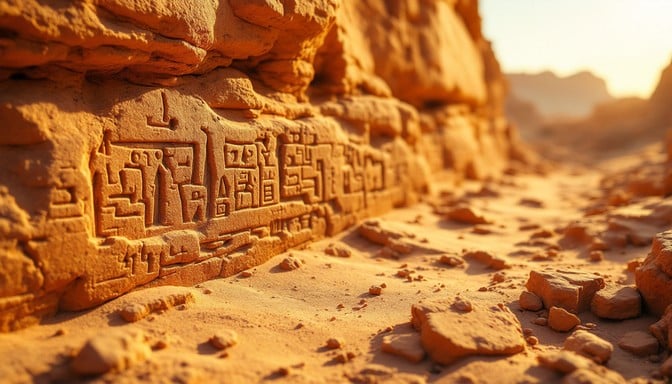The cycles of the Sun—the solstices and equinoxes—have fascinated humanity since the dawn of time. These celestial events, marking the longest and shortest days of the year and the balance of light and darkness, were observed with extraordinary precision by ancient civilizations. Across continents, from the standing stones of Europe to the temples of the Mediterranean, we find megalithic structures aligned perfectly to capture these moments. Such accuracy raises a vital question: how did prehistoric societies achieve such knowledge without modern instruments?
The Celestial Blueprint in Stone
Megalithic builders left behind not just monuments, but a cosmic calendar in stone. At Malta’s Mnajdra temples, for instance, the rays of the rising Sun align with the main doorway during solstices and equinoxes—a phenomenon explored in Astronomical Alignment at Mnajdra. Similarly, at sites across Europe, such as Newgrange and Stonehenge, the Winter Solstice sunrise illuminates chambers in perfect alignment (Ancient360).
These were not random placements. They reveal intentionality, suggesting advanced observation of the heavens. The article Reasons for Building Perfectly Aligned Megalithics further highlights how geometry and astronomy were interwoven in sacred architecture.
Ancient Knowledge Beyond Agriculture
Mainstream narratives often reduce these alignments to farming needs—knowing when to plant or harvest. While agricultural timing was certainly important, the precision and monumental effort behind these constructions suggest deeper motivations. Were these societies encoding sacred knowledge of cosmic cycles, as argued in Ancient Knowledge of Space, Time, and Cosmic Cycles?
The positioning of megaliths may have served ritual, spiritual, and even calendrical purposes, anchoring human life to the rhythms of the cosmos.

Global Patterns, Shared Wisdom
Strikingly, such alignments are not limited to Europe. From the Americas to Asia, structures oriented to solstices and equinoxes recur. This global pattern raises a question: did ancient societies share a universal understanding of astronomy, or do these alignments represent an innate human drive to synchronize with celestial order?
As Sacred Geometry in Ancient Architecture illustrates, civilizations worldwide drew upon shared mathematical and symbolic frameworks.
Conclusion: A Cosmic Legacy
The study of solstices and equinoxes in ancient megaliths is more than a story of farming calendars. It is a testament to humanity’s enduring relationship with the cosmos, encoded in stone. These structures stand as silent teachers, reminding us that ancient civilizations possessed profound knowledge—knowledge that continues to inspire and puzzle us today.






